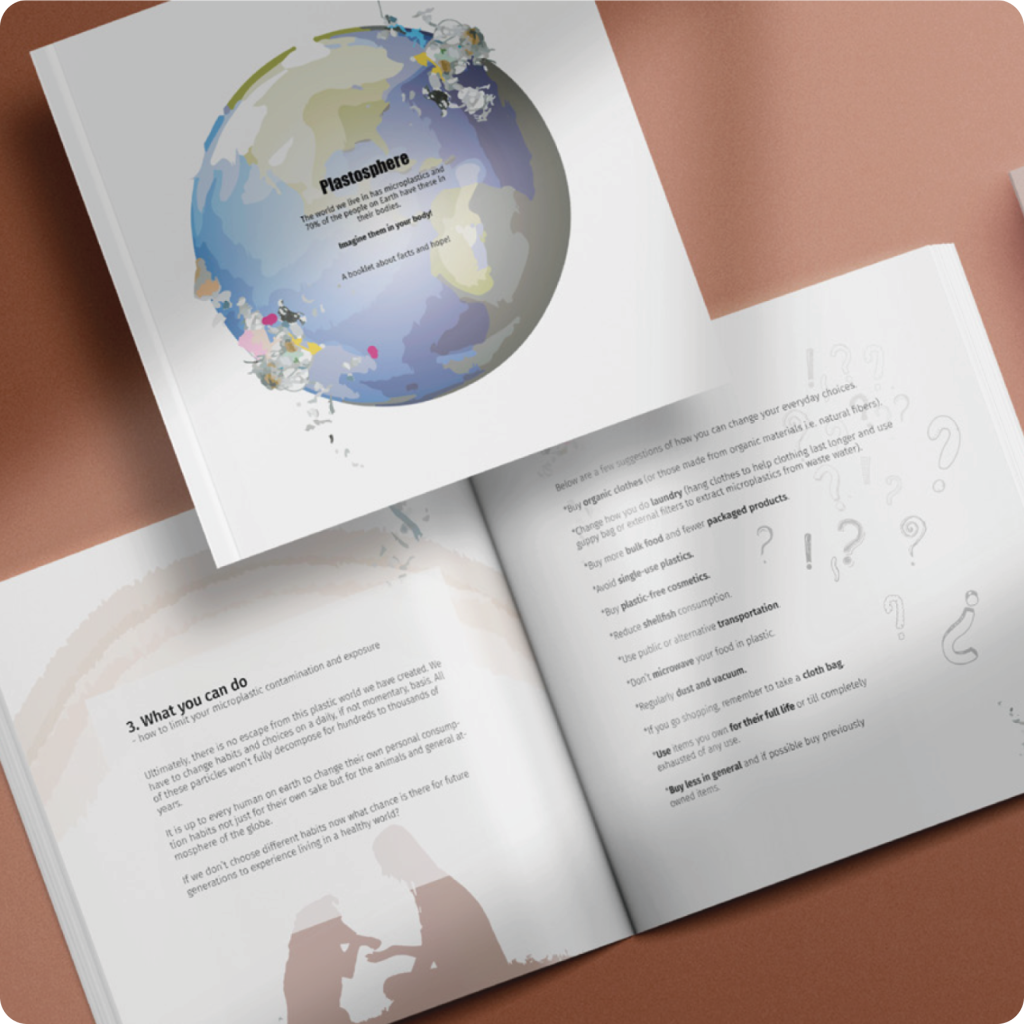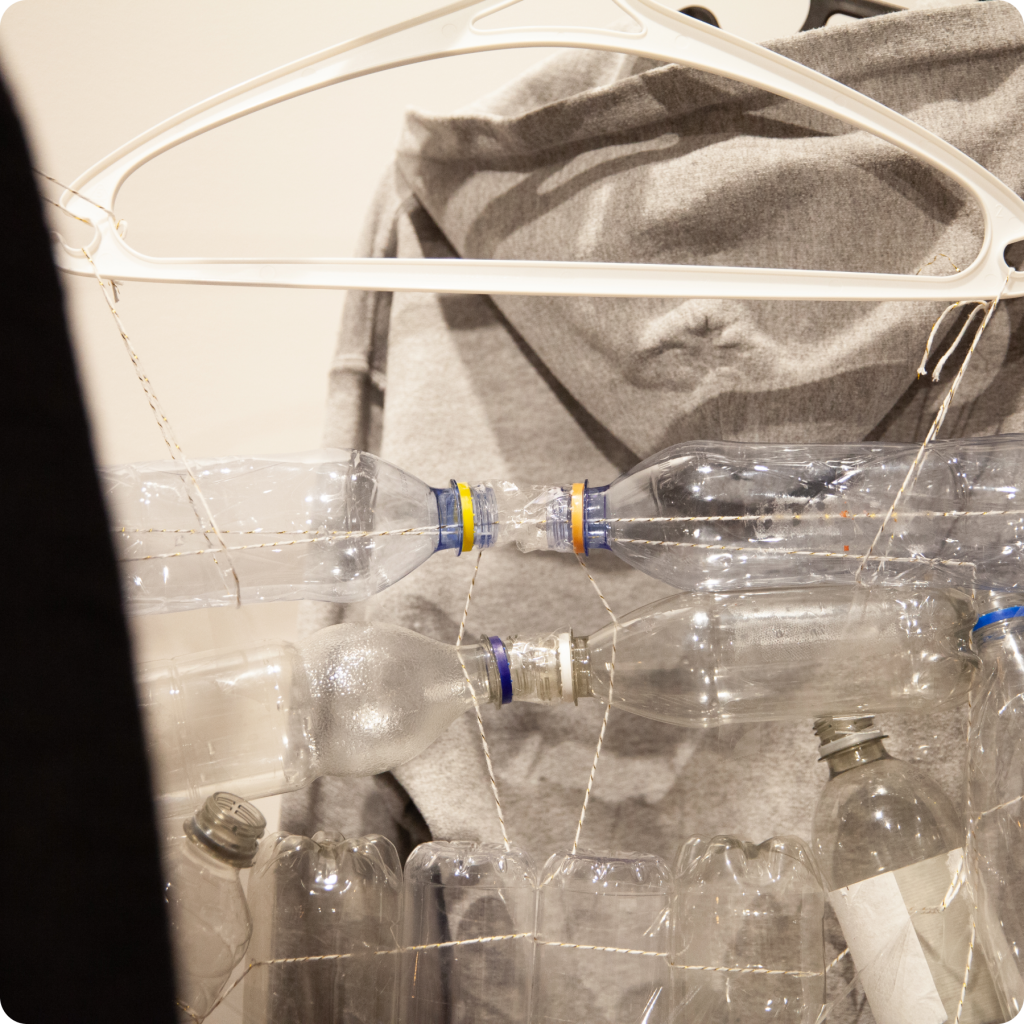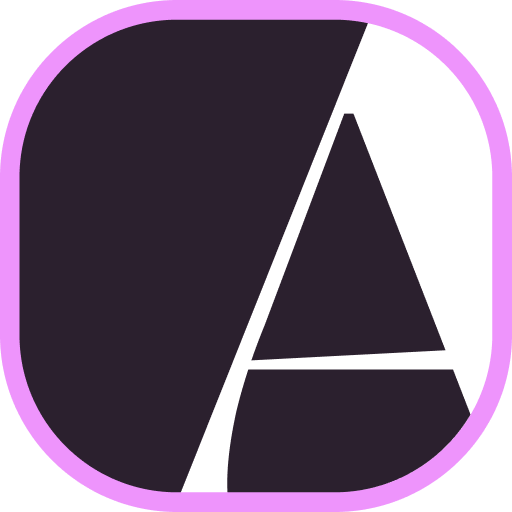Microcrops & The Iterative Wave
MY ROLE
Service Designer
Graphic Designer
User Research
Illustrator
COLLABORATORS
Briana McCord
Mimbly
EkoSpeceriet
City of Gothenburg
DELIVERABLES
Iterative Wave Method
Study Cases Results
Large-scale Materializations
Booklet
YEAR
2023
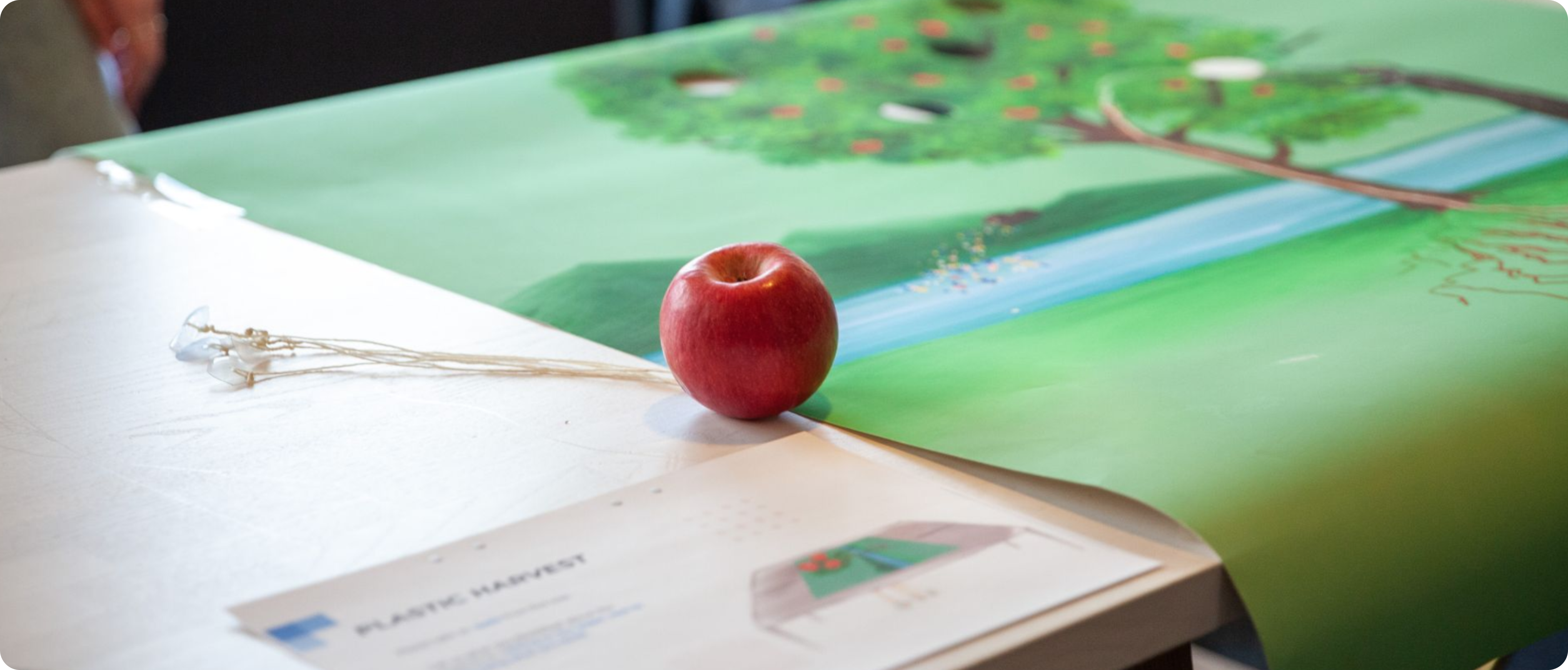
THE PROBLEM
Microplastics are a pervasive, invisible threat that has infiltrated our water, air, and soil, directly impacting our food supply. Despite the awareness surrounding microplastics in the ocean, their effect on food and agriculture is often overlooked. Our project sought to create awareness about how food consumption is linked to microplastic contamination and to empower people to take small actions toward change.
SOLUTION
We created a series of participatory experiences using aesthetic objects and interactive workshops that helped participants understand the issue and imagine ways to reduce microplastic exposure through everyday actions.It resulted in the Iterative Wave, a new service design method that is based on the double diamond method.
THE WHY
The complexity of microplastics requires a multifaceted approach. Traditional methods of awareness-raising were insufficient in provoking deep understanding and empathy. By using co-design and materialization, we created an experience that allowed participants to emotionally and intellectually connect with the issue. We also recognized that engaging people in a discussion about food, a universal need, would create more resonance and a sense of urgency.
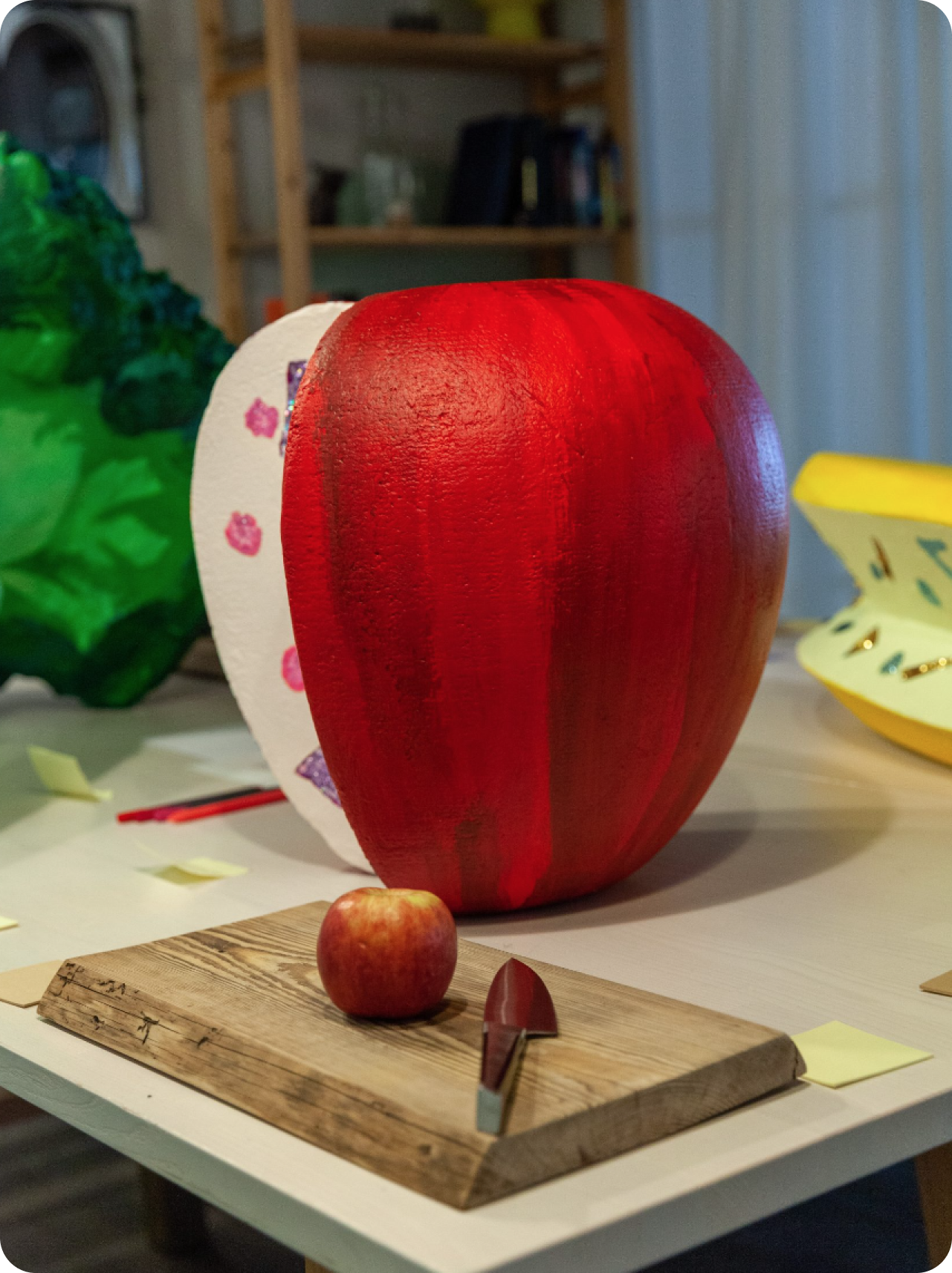
THE HOW
Guerilla Marketing: To reach a wider audience beyond traditional channels, we employed guerilla marketing tactics. By placing unexpected installations and messages in public spaces, we sparked spontaneous conversations and increased awareness about microplastics. This method was used to engage people who might not otherwise encounter information about this issue.
Co-Design Workshops: Involving participants in co-creation allowed them to feel ownership over the solutions. This method was critical for fostering a collaborative environment where individuals could engage deeply with the issue, share their perspectives, and contribute to real-world solutions. We applied co-design to emphasize community engagement and show that systemic change requires collective effort.
Interactive Exhibition and Interventions: We displayed oversized fruit and vegetable sculptures alongside real produce to highlight the invisible threat of microplastics. A plastic bead installation, color-coded to represent microplastics in water and blood, provided a tactile way to grasp the issue. A clothing rack installation visually connected different fabrics to their levels of microplastic contamination. We also placed graphic design posters in laundry rooms to raise awareness about microplastic pollution from clothing, prompting reflection where the issue originates.
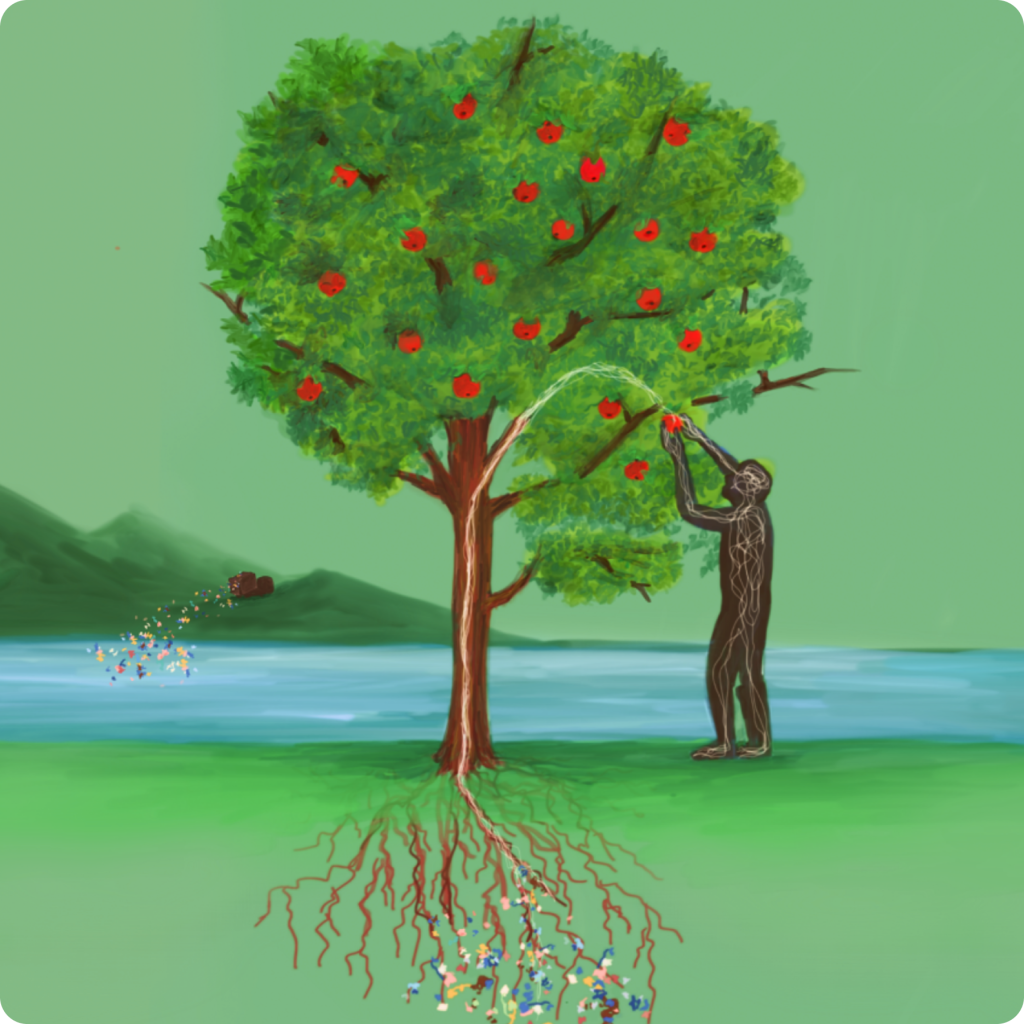
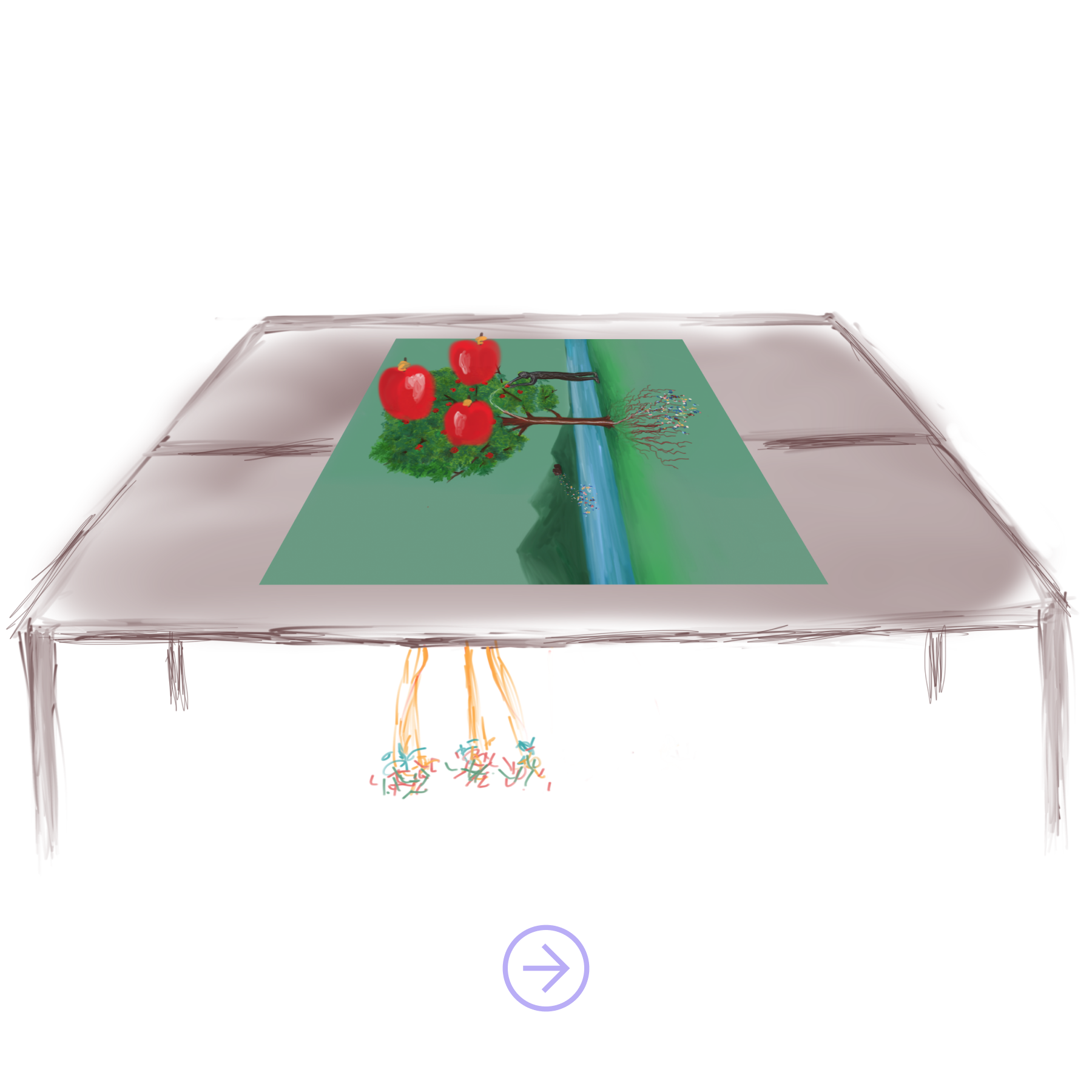
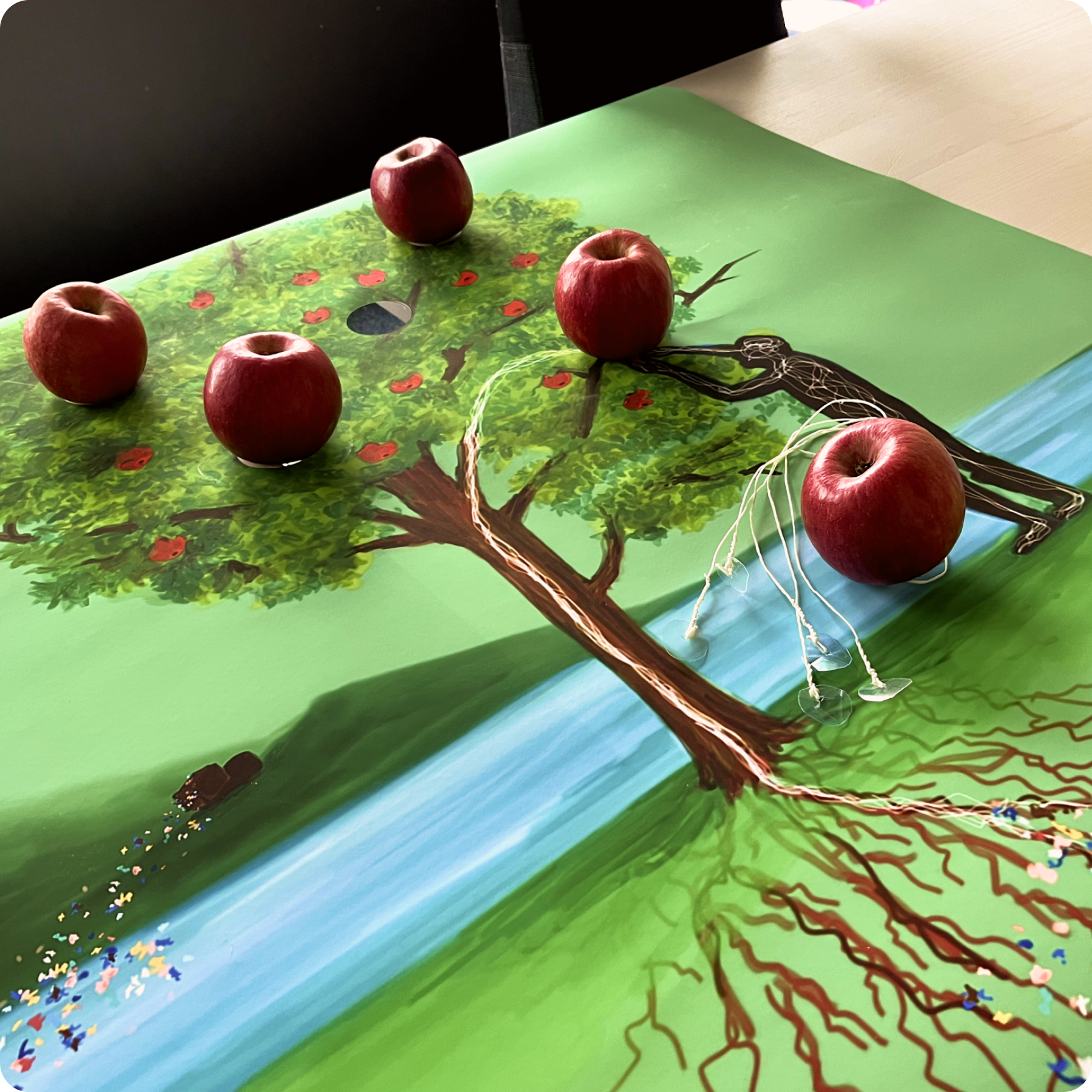
Facilitation & Dialogue: Throughout all interactions, we prioritized open dialogue and created safe spaces for discussion. By facilitating conversations in small groups and one-on-one settings, we enabled participants to explore their thoughts, share experiences, and feel more connected to the issue. This approach was applied to deepen engagement and encourage sustained interest and action.
Ethnographic Research & Immersion: We immersed ourselves in the context of our project by spending time with local communities and partners, including visits to a wastewater treatment plant. This ethnographic approach helped us gain a deeper understanding of how microplastics are filtered and how they enter the environment, which informed our materializations and workshop content.
Apple-Picking Exercise: This hands-on activity had participants pick real apples from an infographic that illustrated the flow of microplastics through the environment. This exercise was chosen to provide a moment of realization, as participants connected everyday actions—like eating an apple—to the broader environmental impact. Interactive methods like this were used to encourage personal reflection and prompt action in a non-didactic way.
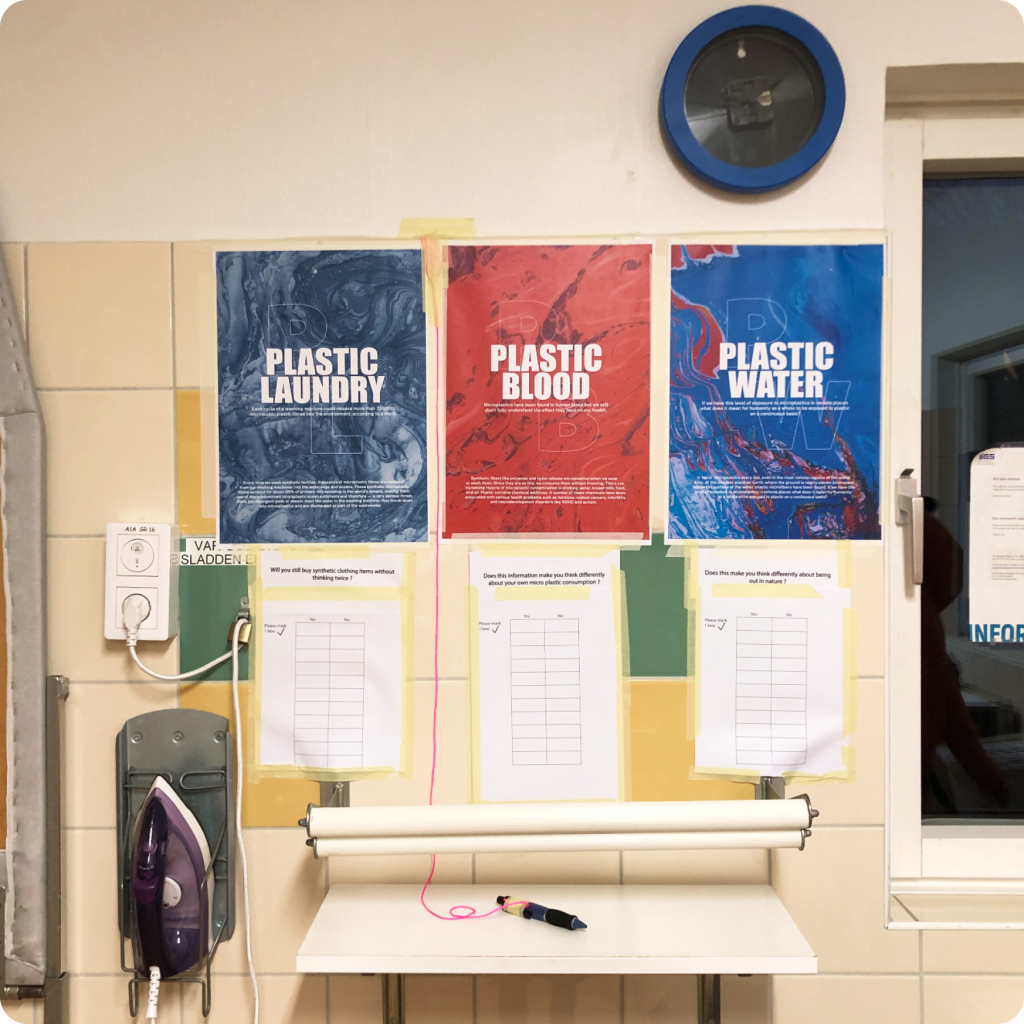
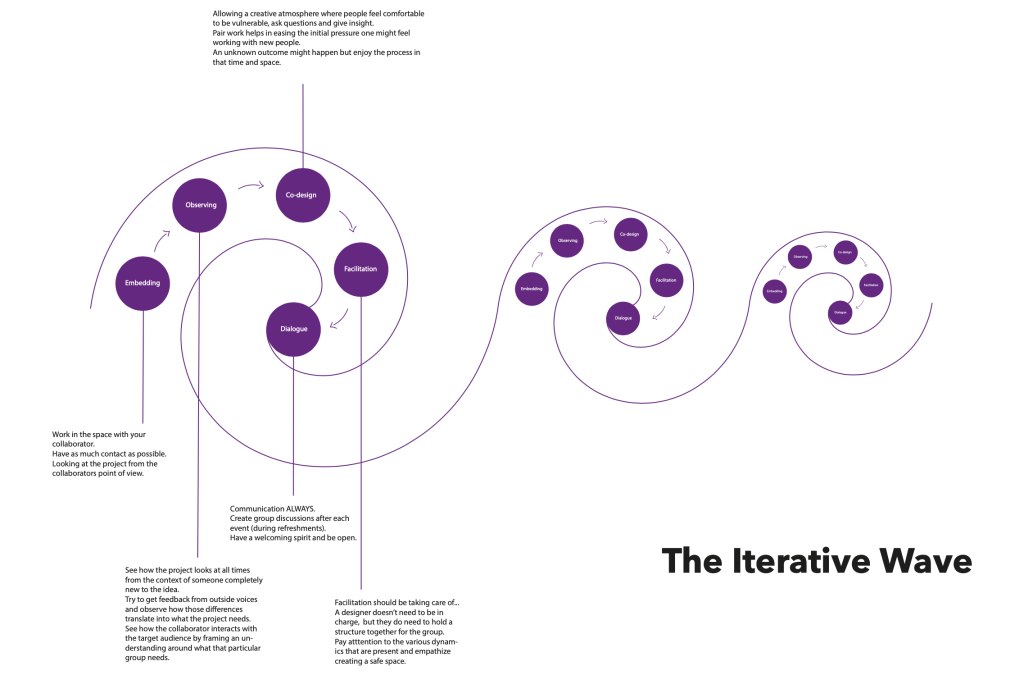
COLLABORATORS
Our collaboration with EkoSpeceriet, a package-free store in Gothenburg, was key to accessing a community of health-conscious consumers who were already motivated to make sustainable changes. We also worked with Mimbly, a company that develops solutions to filter microplastics from laundry systems. Additionally, a microplastics researcher provided expert insights and actively participated in our workshops.
PROJECT IMPACT
The project succeeded in fostering community dialogue around microplastic contamination in food. Participants left our workshops with a deeper understanding of the issue and a stronger commitment to making changes in their daily lives. Our design method—The Iterative Wave—proved effective in addressing complex problems, combining co-design, research, and materialization to create a tangible, interactive experience.
